9 Polka Dot Plant Varieties for Pastel Garden Colors
Author: Jen Worst | Editor: Omar Alonso
Review & Research: Jen Worst & Chris Miller
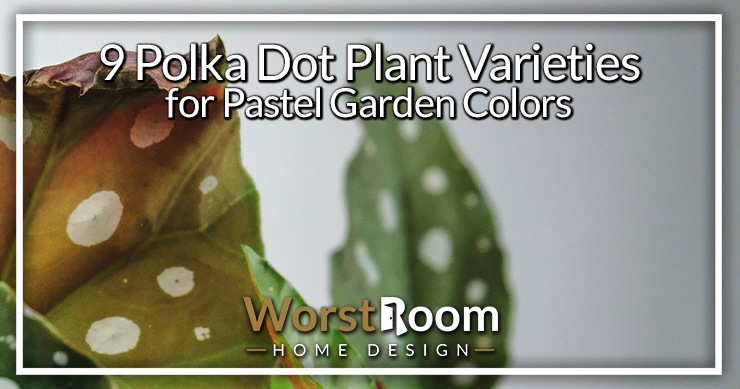
Scientifically called Hypoestes phyllostachya, the polka dot plant is mainly found in parts of Asia, Madagascar and South Africa, although most polka dot plant varieties can also be easily propagated for ornamentation in your own home garden or in containers. If you can give them full sun with well-draining water, you'll do just fine.
9 Polka Dot Plant Varieties
If you wish to cultivate this plant or wish to know more, you should first be aware of its nine main varieties. You can go through some information about these below. These perform the best in the USDA Hardiness Zones 10 and 11. They'll fare okay elsewhere but can absolutely thrive in these regions.
Pink Brocade Polka Dot
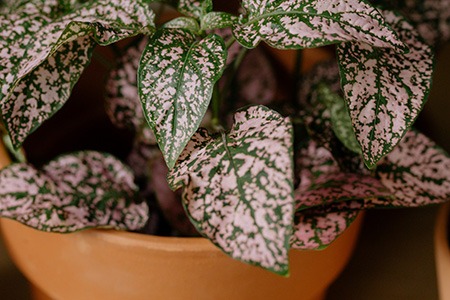
This plant variety is quite popularly kept as a houseplant while being found often in several nurseries and gardens. These varieties tend to have leaves that carry a shade of light to dark green as the base. A wide area of the upper surface of these leaves, however, tends to be full of pink spots, as is typical of this plant species.
The underside of these leaves, on the other hand, tends to have fewer and lighter spots across the surface. The green color here also tends to be paler. The flowers usually bloom in the months of summer and are lilac in color, although they aren’t always eye-catching or visible. These speckled leaf plant varieties remind me a lot of the types of poinsettias we usually see in containers for decoration.
These types of polka dot plants thrive in well-draining soil and require moderate watering once the soil dries out. Using organic elements and providing bright sunlight with sufficient shade, you can expect this plant to grow up to two feet in height.
Pink Dot Polka Dot
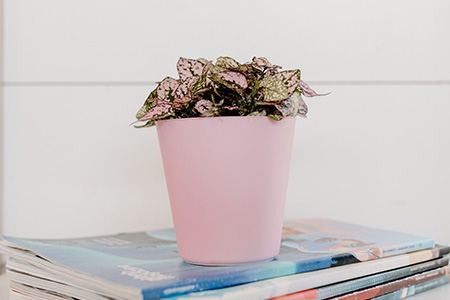
These spotted plant varieties aren’t too different from the ‘Pink Brocade’ variety. In a similar vein, this plant bears medium-sized leaves that are light to dark green in color, usually appearing quite bright. The upper surface also has pink spots across the surface.
Unlike the ‘Pink Brocade,’ however, this variety has sparse pink spots on the surface. These spots don’t cover too much of an area, letting the green color shine through more. However, these spots are slightly bigger, mainly owing to the fact that the leaves themselves are larger in size.
The veins on each leaf of these types of speckled leaf plants are also quite distinctly visible. For growing this plant, you should make use of well-draining soil while also adding organic materials to it while minimizing synthetic fertilizers. The plant tends to do well under bright light, although you should ensure that you provide enough shade to it in the afternoons if it gets too hot where you live.
Purpariana Polka Dot
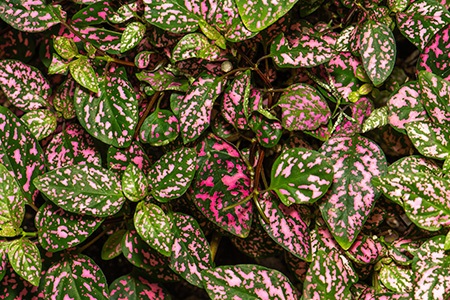
Relatively, these polka dot plant varieties tend to be a bit rare, although you can still manage to find seeds in a local nursery. The best way to cultivate it, however, would be to use cuttings from a mature plant.
This plant variety has green leaves that are bigger in size than the ‘Pink Brocade’ variety but similar to the ‘Pink Dot’. These leaves have purple dots throughout the surface, although these spots don’t densely and completely populate the leaves.
These spots also tend to add texture to the surface of the leaf that you can both view and feel. The underside of the leaf is paler. These and all other polka dot plants look a lot like types of caladium flowers, which you can check out for a similar visual appearance.
Provide soil that drains out all the excess water instead of letting it pool. You can add rocks, sand, peat and moss to make it coarser. Make sure you provide up to five hours of indirect sunlight every day along with cautious watering.
Carmina Polka Dot
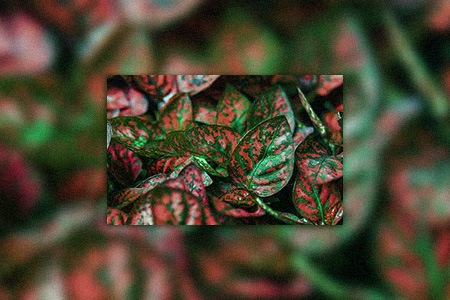
These types of spotted plants can grow to a height of around 1.5 feet, depending on the kind of pot you use and the conditions that you provide. The ‘Carmina’ variety has several colors of polka dots, so you can choose between them based on what you prefer. These include red, pink, orange and white, although red is certainly more common.
The leaves are comparatively smaller in size as compared to some other varieties, with the dots also being denser and spread throughout the surface of each leaf. Quite often, the spots can make it difficult to see the green base of the leaves except on the veins. The plant bears small purple flowers in the months of summer and fall.
To care for this houseplant, you should use loose and well-draining organic soil. Provide a good balance of sunlight and shade without allowing direct sunlight to fall upon the plant. Brushing the leaves lightly with a cloth can also help keep them clean and healthy. It does best in the USDA Hardiness Zones 10-11, like all others in the list.
Confetti Polka Dot
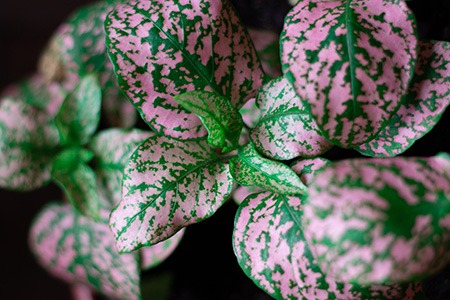
This polka dot plant variety doesn’t grow too tall, remaining within a foot in height. The leaves are also small in size and can range from bright light green to paler green colors. The polka dots on these leaves are sparse and tiny, similar to the appearance of confetti. They can look especially incredible with a backdrop of whatever dusty miller varieties you prefer filling in the gaps between.
Usually, these dots of these types of polka dot plants are pink in color, although you might also occasionally find some other colors like red, orange and pink-red. These spots can become distinct and bright as long as you provide sufficient sunlight, although you shouldn’t overdo it either, as this can cause the leaves to burn and wither.
Some other care conditions can help keep these polka dot plant varieties healthy. For instance, if you use coarse and organic soil along with a pot that has a drainage hole, you can prevent the roots from rotting. Keep the soil pH close to neutral and water the plant only when the soil dries out.
White Dot Polka Dot
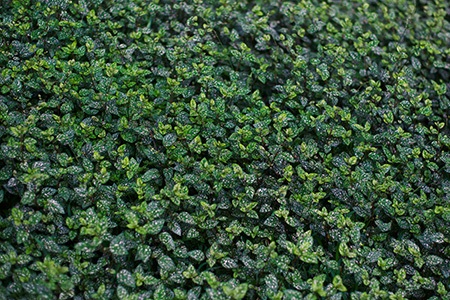
The ‘White Dot’ variety of polka dot plants can offer an aesthetic and refreshing addition to your room or garden. As you can guess, this plant has small to medium leaves that are typically triangular in shape. The base color of each of these leaves is light green, with the underside being paler in color and rougher in texture.
The upper surfaces of these speckled leaf plant varieties have white dots splattered across them. These dots are quite sparse and can vary in size even on the same surface, although they are usually small. These spots make the green colors of the leaves stand out more. The flowers bloom in summer and are purple, although they aren’t always too big or visible.
You can grow this plant using seeds or stem cuttings. Use well-draining and organic soil by adding substances like peat, moss and perlite. Ensuring enough shade with filtered sunlight can keep the spots in place.
Red Dot Polka Dot
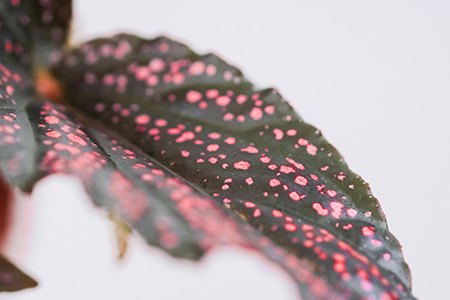
The ‘Red Dot’ variety can be quite attractive and appealing in your room or garden, allowing you to not only freshen up the air but also add a splash of color. Like the ‘White Dot’ and ‘Pink Dot’ varieties, the leaves of this plant are small to medium in size.
These leaves are usually a pretty dark green color, sometimes almost appearing black. The red dots are small but cover the entire surface of each leaf, with some spots appearing a bit bigger too.
These types of speckled leaf plants can achieve a height of around 1.5-2 feet, although this can vary based on the size of the pot that you use. Use some fresh and coarse soil for this and then sow the seeds or cuttings. Water the soil when dry and keep the pot where it can receive bright but indirect sunlight.
White Splash Polka Dot
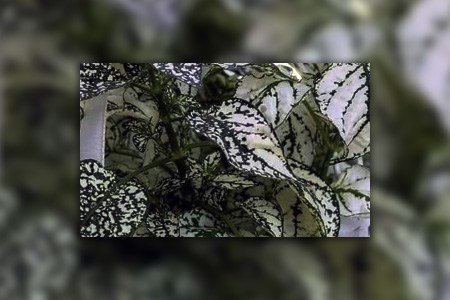
This plant variety can grow to a height of about a foot. This keeps the plant close to the soil, although it can also grow pretty wide. As the name suggests, the white spots are splashed across the surface of the leaf, with the green color being barely visible. This can make it look like the leaf is white with green spots or streaks.
The green is mainly visible through the veins of the leaves. If you look at the underside of the leaves, you might notice a paler version of the upper surface. I've enjoyed having these growing around the perimeter of the various types of wood fences I've had in backyards.
You can expect this plant to do well in bright sunlight, but you must ensure that the sunlight isn’t too harsh or direct as this could scorch the leaves and alter the color. Give these polka dot plant varieties some afternoon rest in the shade if you live in a hot climate.
Red Splash Polka Dot
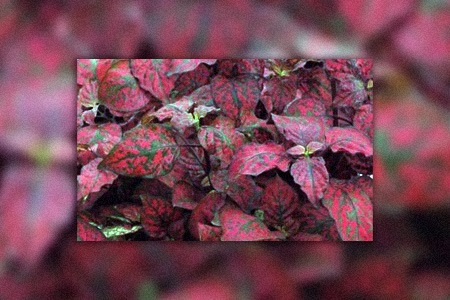
This polka dot plant variety is essentially the same as ‘White Splash’ except, of course, the color of the spots. These spots are actually large blotches or splashes of color that cover the leaf's surface. The primary color here is red, with only certain green gaps visible on the leaf, such as on the veins.
Usually, with red varieties of these types of polka dot plants, the green actually becomes extremely dark and begins to look like black. This can provide a unique appearance to the plant, with the red splashes often also forming patterns.
The growth and care conditions for this plant are similar to the others on this list. As long as you have organic and coarse soil and a space for it to receive bright light as well as shade, you should be okay. Note that this plant variety might require a bit more water as compared to the others.
Polka Dot Plant Varieties for Your Special Garden
Those were the primary polka dot plant varieties. Based on their appearance, care requirements and suitability for your garden or house, you can opt for a variety (or more) that works well for you. Ensure that you look after it well for it to truly thrive and grow.



